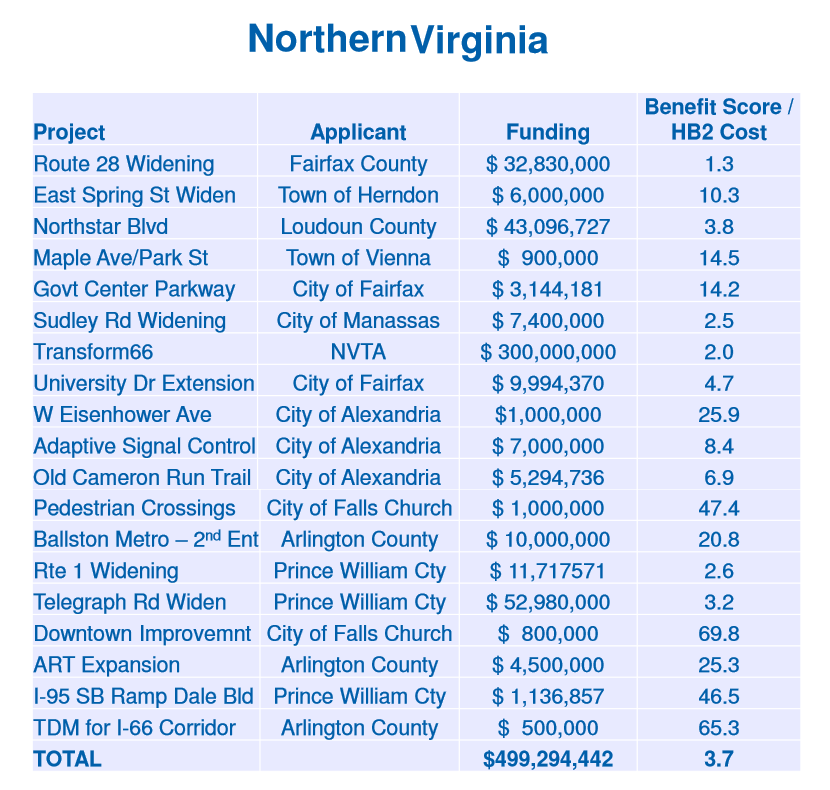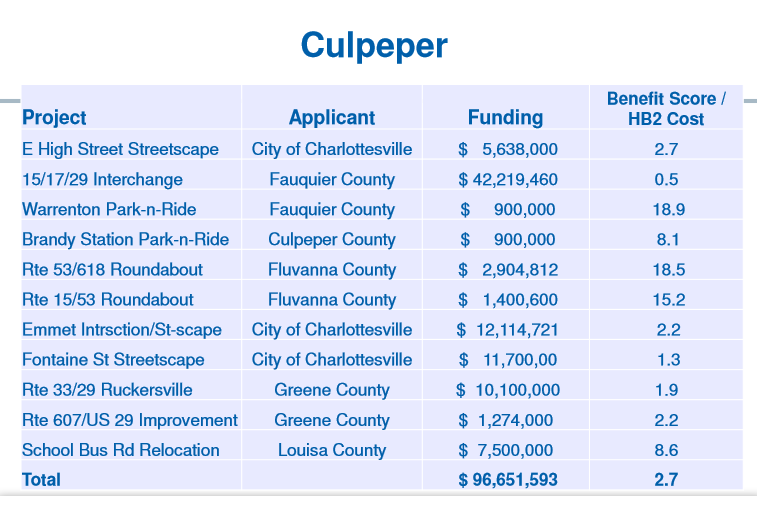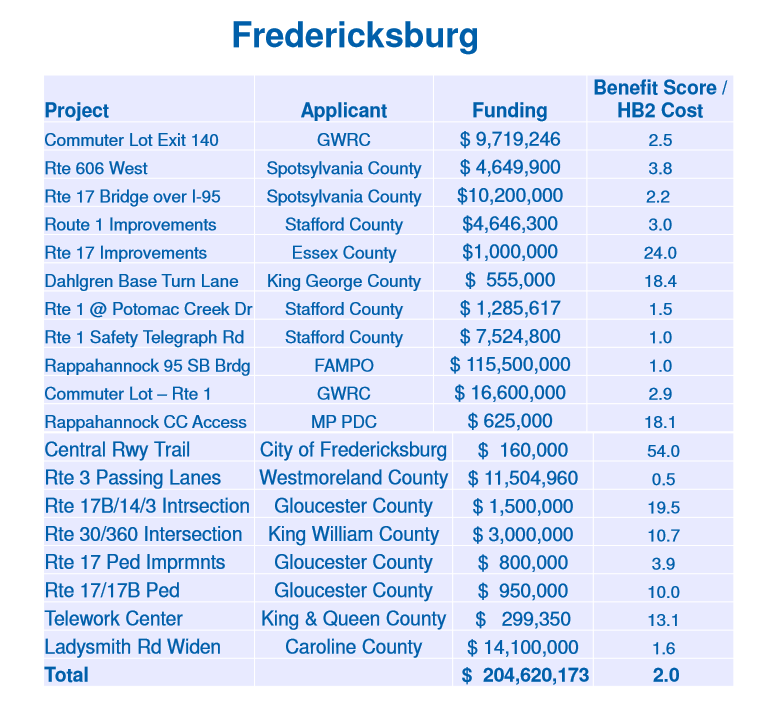WASHINGTON — The plan to bring tolls and new High Occupancy Vehicle rules to Interstate 66 from Gainesville to the Capital Beltway is the top project in Virginia when it comes to cutting delay times and increasing access to jobs or transit, according to a new analysis released Tuesday by Virginia’s secretary of transportation.
The analysis scored transportation plans to help determine which projects warrant limited state funds, part of a newly required process under Virginia law. The Commonwealth Transportation Board has the final say over which projects should receive funding.
All of the raw scores are relative to the other projects that need funding.
After hundreds of Virginia Department of Transportation staff and consultants spent months analyzing the projects, staff presented recommendations Tuesday for the projects that should be funded during the next six years.
In Northern Virginia, staff recommended funding for projects that will bring toll lanes to I-66 outside the Beltway, widen Va. 28 in Fairfax County, widen U.S. 1 and Telegraph Road in Prince William County and add a second entrance to the Ballston Metro Station that would promote more development there.
Staff also suggested funding new park-and-ride lots and a new bridge to carry Interstate 95 over the Rappahannock River.
The $500 million worth of Northern Virginia projects recommended for funding, the bulk of which is tied to I-66, received an overall 3.7 benefit-to-cost ratio.
In the Fredericksburg District, the benefit-to-cost ratio of the $204 million worth of projects is an overall 2.0. And in the Culpeper District, the $97 million worth of projects has a benefit-to-cost ratio of 2.7.
Several members of the Commonwealth Transportation Board questioned how some of the funds were allocated to the projects that just made the cut in each district.
The board can still alter the fiscal 2017 recommended Six Year Improvement Program before voting on the final plan in June.
Widening Va. 7 for 5 miles west of Tysons Corners narrowly missed the statewide cut based on the state’s new benefit-to-cost analysis.
If about $15 million is shifted around or another project is cut, the $77 million project could still be included in the final plan.
The scoring process, and relative project ratings, will be repeated next year for any new projects or projects that were not funded this year.
See the full list of projects recommended for funding in the greater Washington area in the fiscal 2017 six-year plan below:










